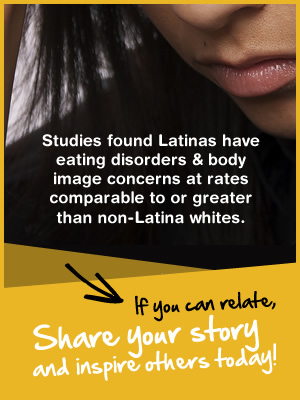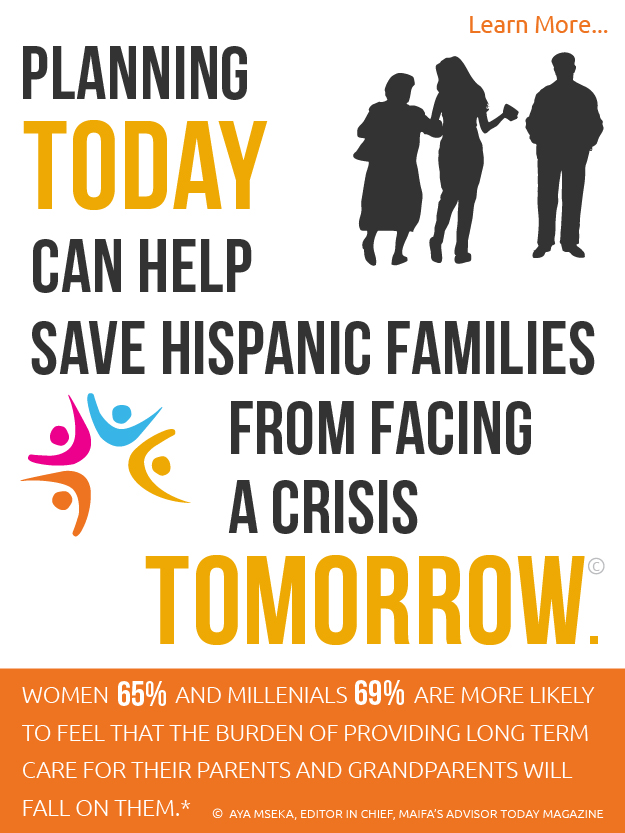
Latino Immigrants Helping the Homeless in NYC
12/13/2013 10:50PM | 12065 viewsFor those of us who grew up in New York City in the 1970s and the 1980s, that all too familiar sight of people sleeping on cardboard boxes or in the subway trains has returned.
A downtrodden economy, lack of opportunity, stagnating wages, cut backs in government services, and a lack of affordable housing have all contributed to this increase in homelessness in New York City. According to Coalition for the Homeless,“In recent years, homelessness in New York City has reached the highest levels since the Great Depression.*”
In the 2012 fiscal there were more than 105,000 homeless people who slept in NYC shelters. This vast number does not account for those that did not sleep in shelters. Many slept on the street, in the subway, some lucky enough stayed with friends and family.
This includes more than 40,000 homeless children; over all, the official homeless population is 61 percent higher than when Mayor Bloomberg took office in 2002.
There is no real way to estimate the actual number of homeless New Yorkers.
Statistics about the Homeless in NYC*:
African-American and Latino New Yorkers are disproportionately affected by homelessness. Approximately 53 percent of New York City homeless shelter residents are African-American, 32 percent are Latino, 6 percent are white, 1 percent are Asian-American, 1 percent are Native American or other race/ethnicity, and 9 percent are of unknown race/ethnicity.
• Surveys of homeless families have identified the following major immediate causes of episodes of homelessness: eviction; doubled-up or severely overcrowded housing; domestic violence; and hazardous housing conditions.
• As in other American cities, New York City’s unsheltered homeless population is concentrated in the central business district — that is, midtown Manhattan. Surveys show that nearly 60 percent of New York City’s unsheltered homeless population is in Manhattan.
• Studies show that the large majority of street homeless New Yorkers are individuals living with mental illness or other severe health problems. Four out of five street homeless New Yorkers are men.
• Research shows that, compared to homeless families, homeless single adults have significantly higher rates of serious mental illness, addiction disorders, and other severe health problems.
Help is on the way!
Oscar Gonzalez is a youth health counselor and a Latino immigrant who is dedicating himself to make a difference, particularly with the most innocent, homeless youth. No child deserves to be homeless and at risk. Homeless youth are at greater risk for sexual assault, HIV contraction, abuse, suicide and mental illness than their non-homeless peers. Oscar, an immigrant from Venezuela, along with other immigrants, who work at and volunteer at the Aids Center for Queens County are trying to make a difference.
• ACQC’s Homeless Youth outreach program, for youth ages 13-24 who are homeless or at risk of being homeless provides**:
• Food and clothing
• A safe space and social support services
• Case management, legal consultation, help with benefits and housing
• Mental health services
• Scattered site housing
• Harm reduction/SEP
• Onsite STD testing
If you are homeless, or at risk of being homeless, or know someone who is, contact Oscar Gonzalez at ACQC right away, there is help and you are not alone.
Oscar Gonzalez 718-896-2500
email: ogonzalez @acqc.org
See original article











Post your Comment
Please login or sign up to comment
Comments